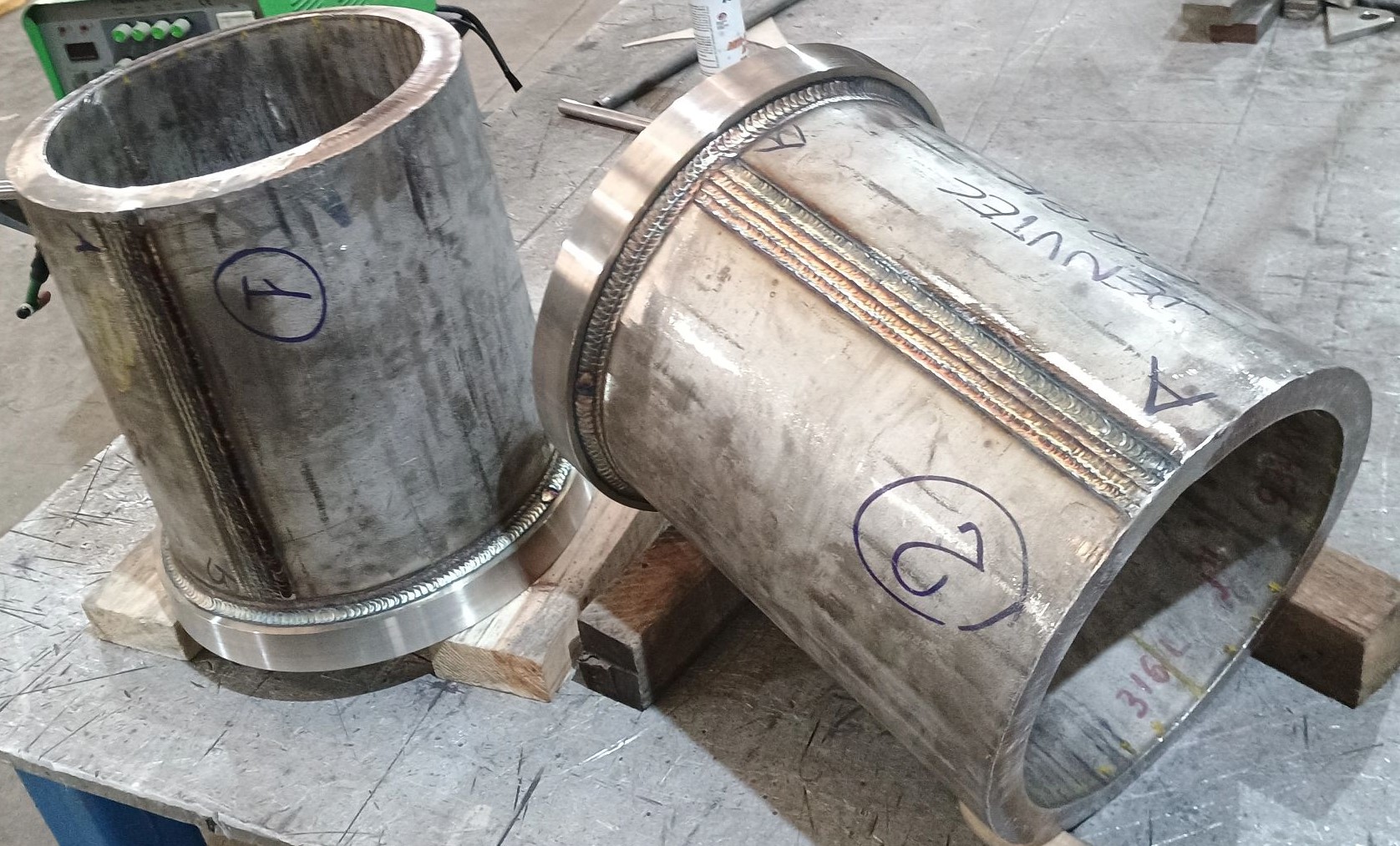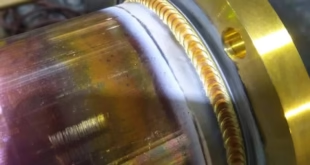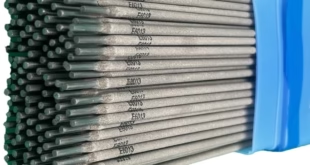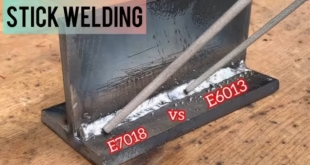A Guide to Steel Grades: Low Carbon, High Carbon, and Stainless Steel
Steel is one of the most versatile and widely used materials in the world, but not all steel is created equal. For welders, understanding the differences between steel grades is crucial to achieving strong, durable, and high-quality welds. In this guide, we’ll dive into the world of low carbon steel, high carbon steel, and stainless steel, exploring their properties, applications, and the best welding techniques for each. Whether you’re a seasoned welder or just starting out, this article will equip you with the knowledge you need to tackle any steel welding project with confidence.
Introduction to Steel Grades
What Are Steel Grades?
Steel grades are classifications that define the chemical composition and properties of different types of steel. These grades help welders, engineers, and manufacturers choose the right material for specific applications. The primary factor that differentiates steel grades is the amount of carbon present in the alloy, along with other elements like chromium, nickel, and manganese.

Why Are Steel Grades Important for Welders?
As a welder, knowing the steel grade you’re working with is essential because it determines the welding process, electrodes, and techniques you’ll need to use. Different steel grades have varying levels of weldability, strength, and resistance to corrosion, so using the wrong approach can lead to weak welds, cracks, or even material failure.
Low Carbon Steel
What Is Low Carbon Steel?
Low carbon steel, also known as mild steel, contains less than 0.3% carbon. This makes it one of the most weldable and versatile types of steel available.
Key Properties of Low Carbon Steel
- Ductility: Easy to shape and form.
- Weldability: Excellent weldability due to low carbon content.
- Strength: Moderate strength, suitable for a wide range of applications.
Common Applications of Low Carbon Steel
Low carbon steel is used in everything from construction beams and automotive frames to household appliances and furniture. Its affordability and ease of use make it a popular choice for many industries.
Welding Low Carbon Steel: Electrodes and Techniques
When welding low carbon steel, E6010 and E7018 electrodes are commonly used. These electrodes provide strong, clean welds with minimal spatter. For MIG welding, ER70S-6 wire is a great option. Always ensure proper pre-cleaning of the material to avoid contamination.
High Carbon Steel
What Is High Carbon Steel?
High carbon steel contains between 0.6% and 1.5% carbon, making it much harder and stronger than low carbon steel. However, this also makes it more challenging to weld.
Key Properties of High Carbon Steel
- Hardness: Extremely hard and wear-resistant.
- Brittleness: Prone to cracking under stress.
- Strength: High tensile strength, ideal for heavy-duty applications.
Common Applications of High Carbon Steel
High carbon steel is used in tools like knives, springs, and cutting implements, as well as in industrial machinery and high-strength wires.
Welding High Carbon Steel: Electrodes and Techniques
Welding high carbon steel requires careful heat control to prevent cracking. Use low-hydrogen electrodes like E7018 or E7016 to minimize the risk of hydrogen-induced cracking. Preheating the material and using post-weld heat treatment can also help reduce stress.
Stainless Steel
What Is Stainless Steel?
Stainless steel is an alloy that contains at least 10.5% chromium, which gives it its signature resistance to rust and corrosion. It’s available in various grades, each with unique properties.
Key Properties of Stainless Steel
- Corrosion Resistance: Excellent resistance to rust and staining.
- Strength: High strength and durability.
- Aesthetic Appeal: Polished finish makes it ideal for visible applications.
Common Applications of Stainless Steel
Stainless steel is used in kitchen appliances, medical instruments, chemical tanks, and architectural structures. Its ability to withstand harsh environments makes it a top choice for many industries.
Welding Stainless Steel: Electrodes and Techniques
For welding stainless steel, E308L and E316L electrodes are commonly used. These electrodes match the composition of stainless steel and provide strong, corrosion-resistant welds. TIG welding is often preferred for its precision and clean results.
Low Carbon vs High Carbon vs Stainless Steel
Strength and Durability Comparison
- Low Carbon Steel: Moderate strength, easy to work with.
- High Carbon Steel: High strength but brittle.
- Stainless Steel: High strength with excellent corrosion resistance.
Weldability Comparison
- Low Carbon Steel: Easy to weld.
- High Carbon Steel: Challenging due to brittleness.
- Stainless Steel: Moderate, requires specific techniques.
Cost and Availability Comparison
- Low Carbon Steel: Most affordable and widely available.
- High Carbon Steel: More expensive due to specialized applications.
- Stainless Steel: Highest cost but offers superior durability.
Choosing the Right Welding Electrodes
Factors to Consider When Selecting Electrodes
- Material Compatibility: Match the electrode to the steel grade.
- Welding Position: Some electrodes are better suited for specific positions.
- Desired Weld Quality: Consider strength, appearance, and corrosion resistance.
Best Electrodes for Each Steel Grade
- Low Carbon Steel: E6010, E7018, ER70S-6
- High Carbon Steel: E7018, E7016
- Stainless Steel: E308L, E316L
FAQs
Can I use the same electrode for low carbon and high carbon steel?
No, low carbon steel requires electrodes like E6010 or E7018, while high carbon steel needs low-hydrogen electrodes to prevent cracking.
Why is stainless steel more expensive than other steel grades?
Stainless steel contains chromium and other alloying elements, which increase its cost but also enhance its corrosion resistance and durability.
What happens if I weld high carbon steel without preheating?
Without preheating, high carbon steel is prone to cracking due to rapid cooling and stress buildup.
Which steel grade is best for outdoor applications?
Stainless steel is ideal for outdoor applications due to its excellent corrosion resistance.
Can I weld stainless steel to carbon steel?
Yes, but you’ll need specialized electrodes like E309L to handle the differences in composition and thermal properties.
Conclusion
Understanding the differences between low carbon, high carbon, and stainless steel is essential for any welder. Each steel grade has unique properties and applications, and choosing the right welding electrodes and techniques is key to achieving strong, durable welds. Whether you’re working on a construction project, crafting tools, or fabricating stainless steel components, this guide has you covered.
 Welding of Welders All about Welding and Welders
Welding of Welders All about Welding and Welders



